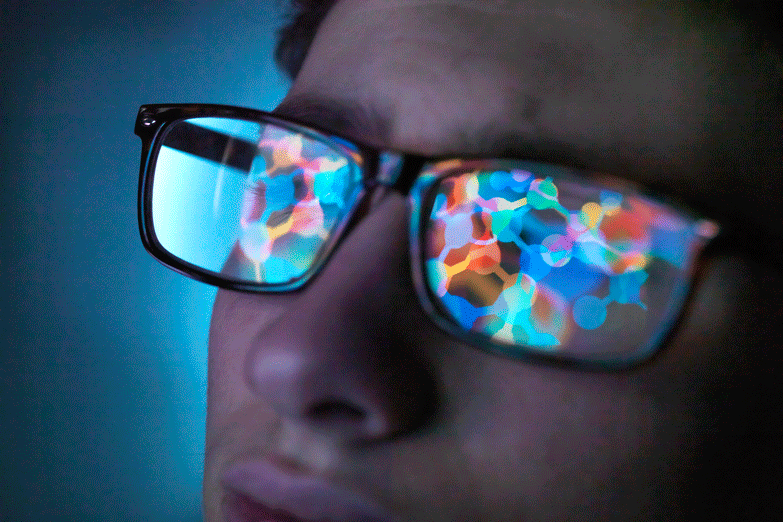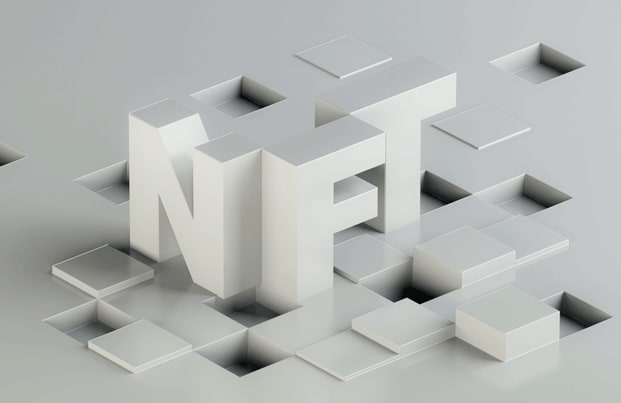Digital Assets & Web 3.0

From digital currencies, to non-fungible tokens, to the metaverse - the growth of Web 3.0 is an area of emerging technology that we cannot ignore. Quite simply, the entire crypto space can be described as the other half of the internet that we’ve never had - the ability to transact!
Blockchain technology adoption is disrupting business as usual.
If the Internet is the foundation for digital innovation, Blockchain is the technology making us rethink how we exchange value and how we verify ownership. It underpins almost all of the key elements of Web 3.0.
Innovative applications of blockchain technology such as digital currency, non-fungible tokens and augmented and virtual reality are rapidly reshaping our world and evolving at breakneck speed. PwC can help you understand and put these technologies to work, so you can be the disruptor, not the disrupted.

How we can help
Our team of digital asset and Web 3.0 experts have the firsthand experience to help you understand and navigate this new technology. We’re connected with a global community of digital asset specialists, bringing insights and new thinking from across the PwC network.
Whether you’re a new business in this space or an established business looking to prepare for the future, our team can help.
Specifically, our Digital Assets & Web 3.0 team can assist with:
Tailored Executive Workshops to introduce your team to the fundamentals of blockchain and digital assets
Helping leadership teams develop a custom Digital Assets & Web 3.0 strategy for your business
Industry-focused assurance, tax, advisory and legal services for both Web 3.0 native companies and traditional businesses with a global perspective
Managing the evolving regulatory and financial reporting requirements applicable to your business, including AML/KYC compliance
Managing your financial, operational and security risks in this space













